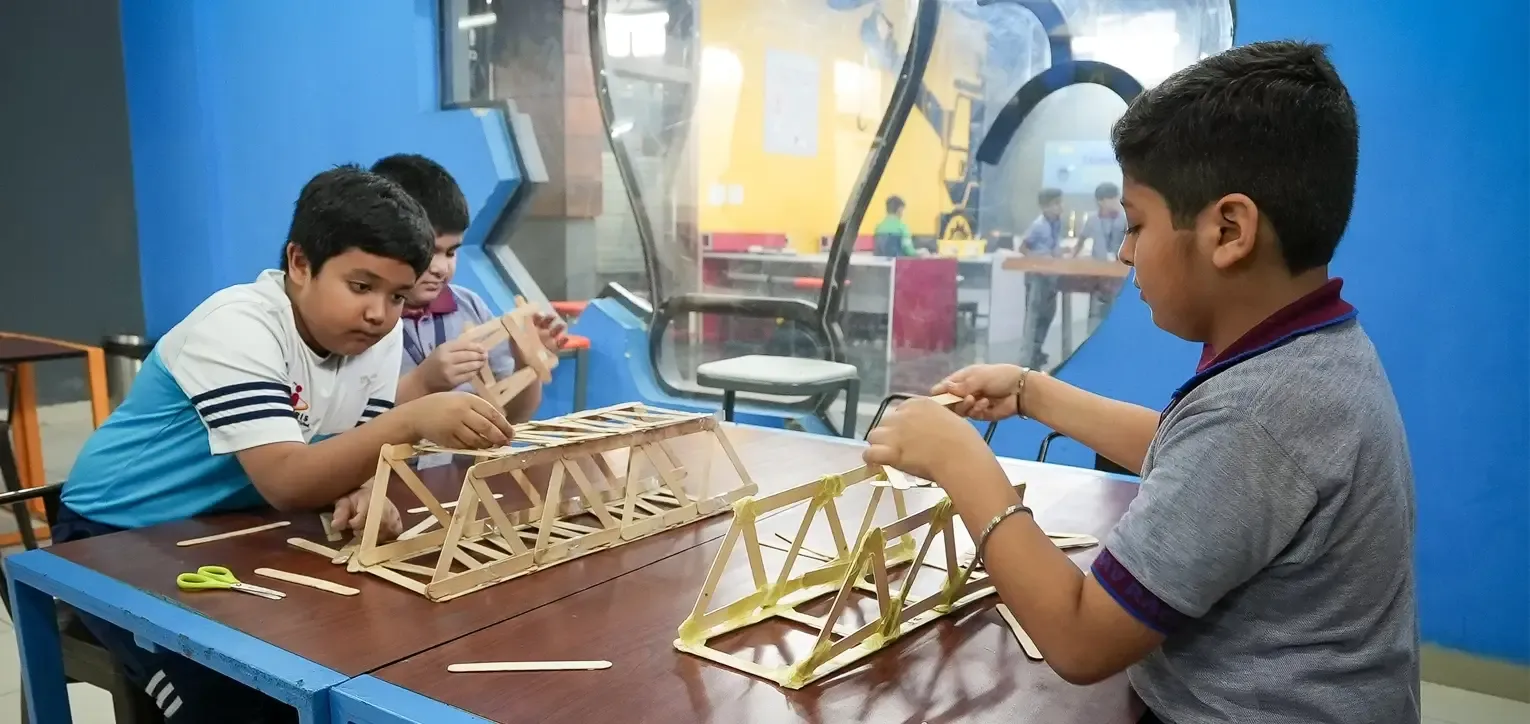When I started teaching, as a new teacher, I would keenly participate in professional development sessions and programs and feel empowered with the new ways, strategies and techniques to make my classroom interesting. Often, I would get back to the classroom and implement as much as I could. However, over the years I realized how sometimes, we teachers have to make the desire to innovate take a back seat. But needless to say, it’s crucial to try new things to add to our bag of tricks so as to not lose magic in learning. Keeping the schedules, deadlines and syllabus in mind, we have to strive hard to keep the magic alive. Perhaps, that’s what makes teaching an art and teachers- artists. It, thus, brings to light the importance to focus on intention and quality, and not on magnitude or number. So, what really matters here more than the urge to try something new is to be well-versed with the reason why we choose to try one thing over the other. Being propagators of innovation and experimentation, it also becomes absolutely necessary for us to be aware of the significance of these two elements in the teaching-learning process. Moreover, keeping in mind Howard Gardner’s Theory of Multiple Intelligences, it becomes our responsibility to provide the students an array of resources to learn from as there are at least eight different types of intelligence and any given individual could possess a blend of the eight. As the general trend goes, an individual has at least two dominant types of intelligence. This means that every individual learns differently, depending on her particular type of intelligence. This makes it all the more important to keep experimenting as students learning English language require a wide range of capitals that a school should be able to offer. With this in mind, one such strategy used by me in Grade VI recently involved ‘Integration of Library’ for development of language skills. The session involved exposure to language of various authors as the prime point of focus. Copies of famous diaries like ‘Dork Diaries’, ‘Diary of a Wimpy Kid’, ‘The Diary of a Young Girl by Anne Frank’ etcetera were given to the children to read. While reading they were told to analyze the sentence structure, vocabulary used, format, if any, characterization etc. The relevance, detailing and sequencing of events and happenings were drawn attention to. Post a long session of reading, appreciation and analysis, introducing the concept of ‘Diary Entry’ was a piece of cake. Having read some great diaries, the students felt equipped to be able to list down key areas and value points to be taken care of as they wrote diaries on their own. The lion’s share here, however, was that the session involved collaborative learning. The group reading method, which requires small groups, was used. As small groups were set up, all I, as a moderator, had to do was guide the reading, intervene a little and make sure the discussion led students to answers as the group progressed. Though the students’ urge to stay for long at the library and study all topics using great novels and books was tough to regulate, it turned out to be a great strategy. In view of Gardner’s theory, it is satisfying for the teacher in me to know that at least a few students were able to find their strength and discover ways to reach their quest in that particular class. Written by :- Ms Ankita Khera, Middle wing teacher- MRIS Charmwood.Integration Of Library For Language Development




